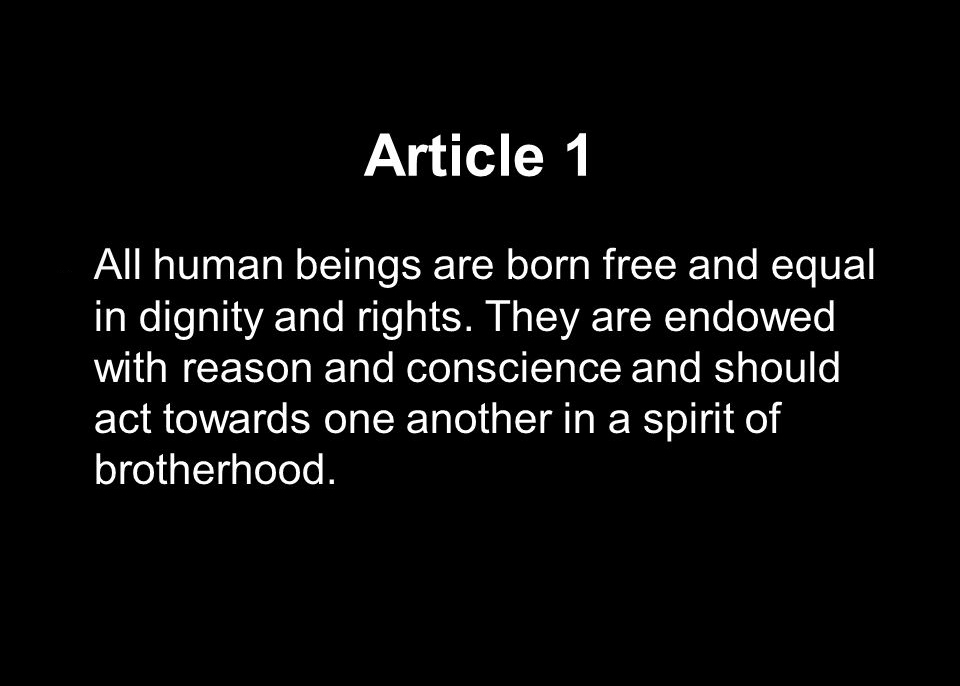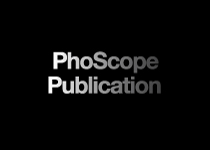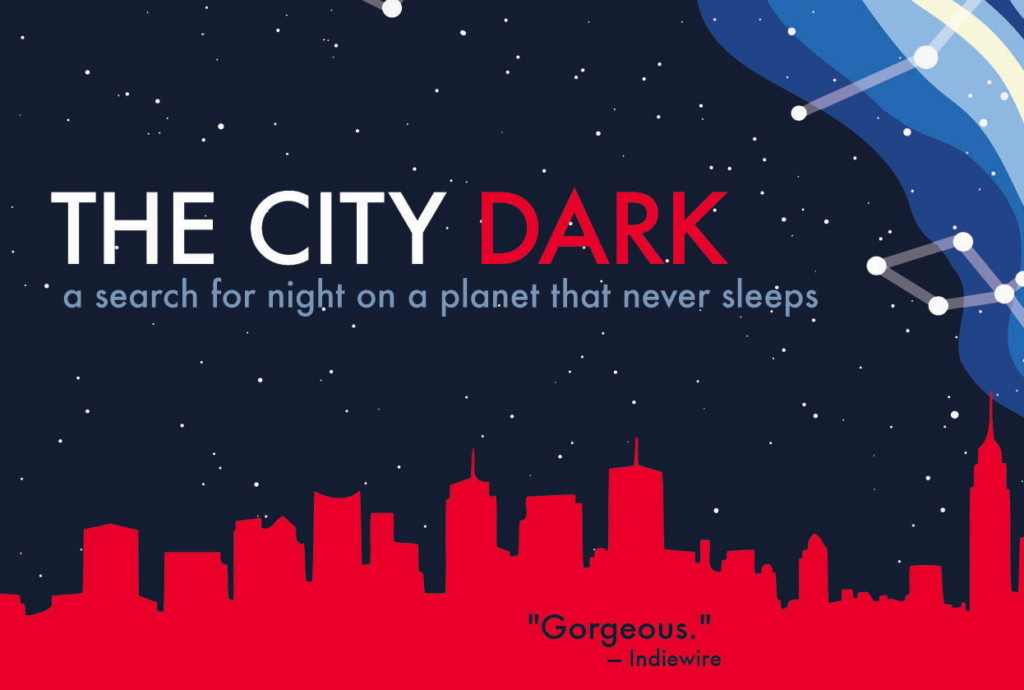Movie Review, August 31 2012
by Nathalie Rozot
A passionate stargazer who grew up in rural Maine, movie director Ian Cheney lost sight of the stars when he moved to New York City. This experience motivated him to make the documentary “The City Dark” on light pollution.
Despite the growing popularity of dark skies, the film was not entirely well received in the mainstream press. Some critics remarked on the excessive breadth of the topic and the documentary’s consequent lack of depth, while others pointed out that Cheney failed to differentiate fact from hypothesis and speculation, and that the movie indulged in neurotic urban-bashing and grossly overlooked environmental issues.
By contrast, the architectural lighting press and blogs largely offered praise. Yet, our community should raise a more critical voice about the movie’s shortcomings and inaccuracies. Ultimately, a balance between the right lights, the right to light, and darkness needs to emerge from today’s global lighting practices. This is a complex topic whose scope reaches beyond the narrow lens of a North American astrophotographer. “The City Dark” relies heavily on testimonials and opinions, and in this slippery framework, its argument falls short of an adequate scientific and cultural- historical foundation: Cheney justifies nostalgic astrophilia by comparing the incomparable, undercutting knowledge with emotion, and mixing up causality and correlation.
An anecdotal but telling example is the movie’s attitude towards mythology. Interviewees’ and Cheney’s references consistently exude ancestral awe and wisdom towards the night: no mention is made of the underworld’s demons, which personified our ancestors’ struggle to grasp cosmic darkness.
 More importantly, we could question the practice of stargazing within 21st-century megalopolises, instead of less populated areas. As a reminder, lights after hours have long perturbed astronomers’ nightlife. In the 1950s, local amateur astronomers petitioned the City of New York to turn off a Raymond Loewy lighting scheme for the Empire State Building. Later on, dark sky lovers organized the Dark Sky movement, and in the 1980s, the International Dark Sky Association (IDA) was created as an advocacy group for the preservation of dark skies. Today, it positions itself as the “quality outdoor lighting authority”.
More importantly, we could question the practice of stargazing within 21st-century megalopolises, instead of less populated areas. As a reminder, lights after hours have long perturbed astronomers’ nightlife. In the 1950s, local amateur astronomers petitioned the City of New York to turn off a Raymond Loewy lighting scheme for the Empire State Building. Later on, dark sky lovers organized the Dark Sky movement, and in the 1980s, the International Dark Sky Association (IDA) was created as an advocacy group for the preservation of dark skies. Today, it positions itself as the “quality outdoor lighting authority”.
Romanticizing the dark is also a risk when the light switch is at arm’s length, and we need to expand our horizon beyond the developed world before we can sensibly advocate for darkness. Within today’s fast-growing informal dwellings in developing cities and impoverished rural areas, the dark side of darkness can equate with illiteracy, respiratory illness and danger of rape or death.
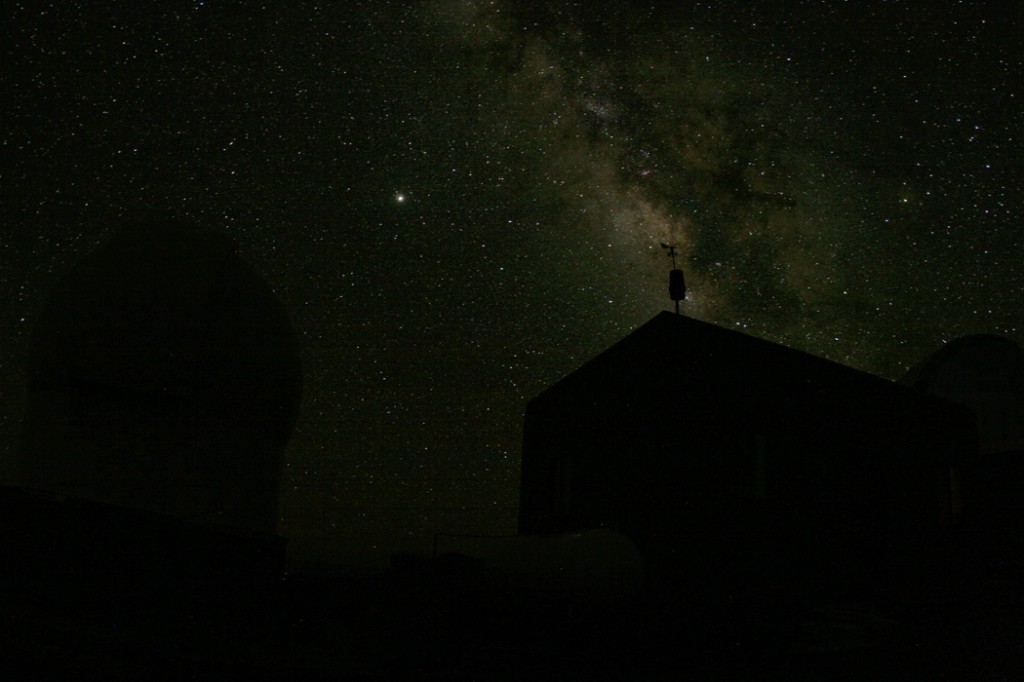 Similarly, the movie deplores the human erasure of the dark without presenting it in relation to evolutionary processes of demographic growth and technological history. A lamp store-owner gives a short but accurate depiction of the evolution of lighting technologies, but Cheney overlooks the socio-political constructs of technology adoption, and proceeds to present applications of light sources based on his own observations: Mercury Vapor is for barns, Metal Halide is for car dealerships, and Sodium is for streets. In actuality, Mercury Vapor lamps were deemed obsolete and phased out two decades ago (Energy Policy Act, EPACT 1992), Metal Halide lamps suit the economy of retail, and High Pressure Sodium sources suit the infrastructural requirements for economical maintenance.
Similarly, the movie deplores the human erasure of the dark without presenting it in relation to evolutionary processes of demographic growth and technological history. A lamp store-owner gives a short but accurate depiction of the evolution of lighting technologies, but Cheney overlooks the socio-political constructs of technology adoption, and proceeds to present applications of light sources based on his own observations: Mercury Vapor is for barns, Metal Halide is for car dealerships, and Sodium is for streets. In actuality, Mercury Vapor lamps were deemed obsolete and phased out two decades ago (Energy Policy Act, EPACT 1992), Metal Halide lamps suit the economy of retail, and High Pressure Sodium sources suit the infrastructural requirements for economical maintenance.
As he focuses on the artificial esthetics of the city, from the sky glow above to the Milky-Wayesque glitter within, Cheney misses the bigger picture. Dark skies might seem natural and delight stargazers, but if they conceal a lurking atmospheric pollution within, they will be as artificial as a stratospheric Disney World. Notwithstanding the sustainability trade-offs that dense urban environments provide, our 21st-century cities are artefacts that separate us from the natural environment in general, not just starry skies in particular. Moreover, there is more to energy waste than what meets the eye, and unessential lights are a visible indicator of only a portion of a far greater problem: energy conservation at large is sensible for environmental and ecological reasons. Today, nature is compromised and conservation is a pressing issue: water reserves are shrinking, glaciers are melting, and pollution is disrupting worldwide ecosystems. In the context of a natural environment that is stressed at a global scale, anthropogenic lights are visible to the naked eye and make for an easy culprit, but how does their impact compare in magnitude to pervasive 24/7 airborne and waterborne pollutants that remain invisible?
A documentary that addresses the complex topic of light’s adverse effects on living organisms must explain light spectrum and intensity and why they matter. Because Cheney opted to omit such explanations, he imprudently slips into light bashing and scare tactics in the sections “Nature and the Night” and “Night Shifts”. The impact of artificial light on natural ecologies and on human health is ill understood to date, and calls for rigorous research and widespread public education.
Helpless baby turtles and dead birds make for poignant footage, and deaths of turtles in the “tens of thousands” and of birds in the “thousands” are heartbreaking, but estimates are no substitute for statistics and analysis. Cheney pursues his star-friendly narrative without seeking primary resources, and inadvertently distorts facts on ecological problems. As an example, bird collisions occur predominantly during the day, and are due to building typology and the properties of glazing materials. A three-day survey of bird mortality conducted by the Audubon Society in 2005 for the Morgan Mail Processing Facility located in Chelsea revealed that almost four times more strikes occurred in daytime than at nighttime. By contrast, National Public Radio’s Christopher Joyce recently ran a story that not only articulated the bird collision problem correctly, but also presented some of the architectural materials that offer known solutions. In 2011, the United States Green Building Council (USGBC) incorporated these in a pilot LEED program to encourage bird-friendlier building practices.
The causality of working the night shift on melatonin suppression and increased cancer risk is now established, but our current knowledge regarding the correlation between exposure to light and cancer is still limited. Interviewed by Cheney for “The City Dark”, neurologist Dr Brainard from Thomas Jefferson University is clear: “we are still at a hypothesis level, if light exposure at night is at a level to develop cancer […], then we really need to know how much light, and what quality of light, and how often, and at what time of night it is most problematic”. A recent report issued by the American Medical Association (AMA) asserts that excessive light at night — including light from TVs and computers — can cause sleep disorders, especially in children and adolescents.
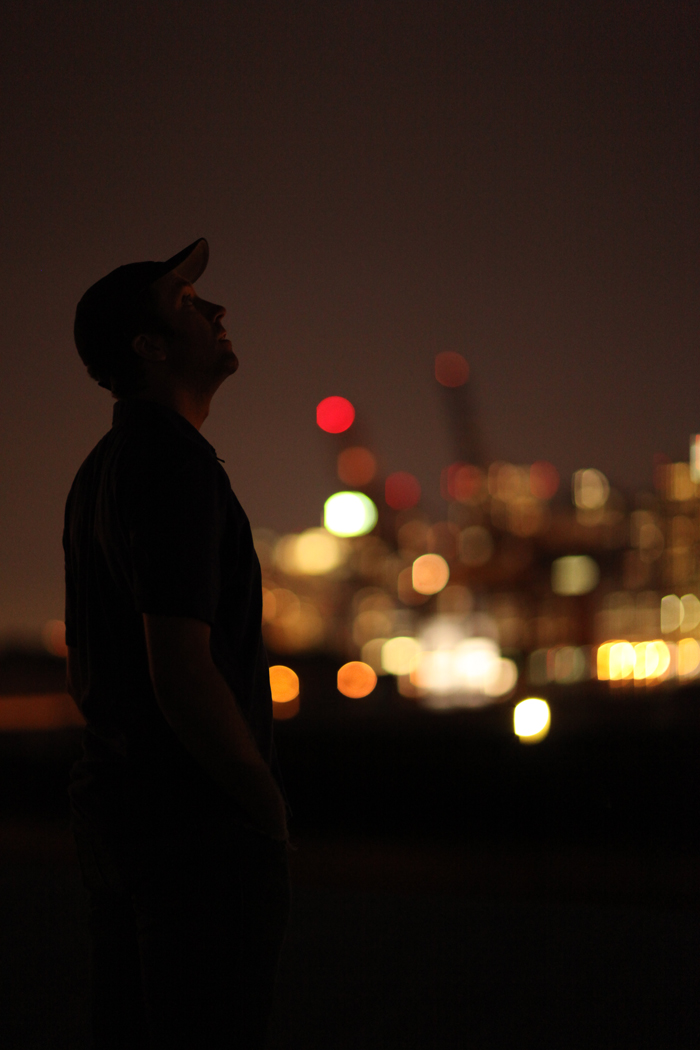
With adequate research on light and health, Cheney could have avoided scaring his audience with the unsubstantiated fear that he could contract cancer from the spill of a sodium streetlight in his bedroom. Instead, he could have presented current research on the conditions within which light sources can pose a direct health risk by disrupting our circadian systems, such as the intensity and spectral emission of light, and the time and duration of exposure.
The lighting design community should not praise “The City Dark” as much as the opportunity it gives us to organize and share our expertise and knowledge on the art and science of light and lighting. The movie’s recent acquisition by the documentary channel Point of View (POV) and its broadcast on PBS can give great momentum to public awareness about best lighting practices that are ergonomic, sustainable, ecological and esthetic. We can be in awe of starlight in the night sky, yet at the same time bring to light a broader spectrum of complexity than does “The City Dark”.

